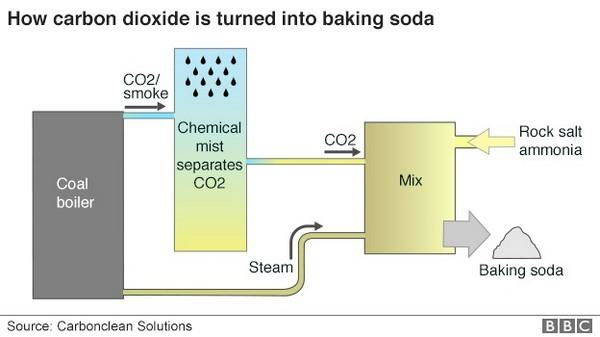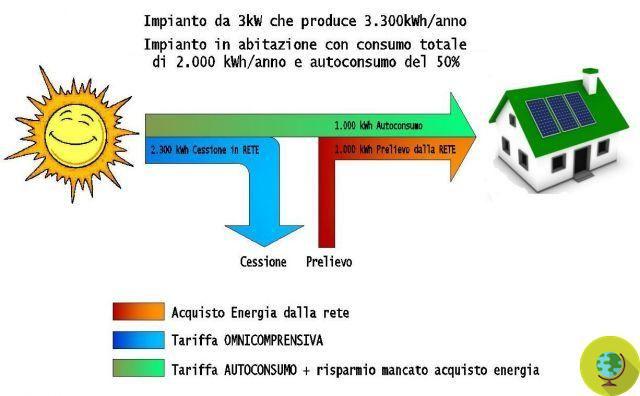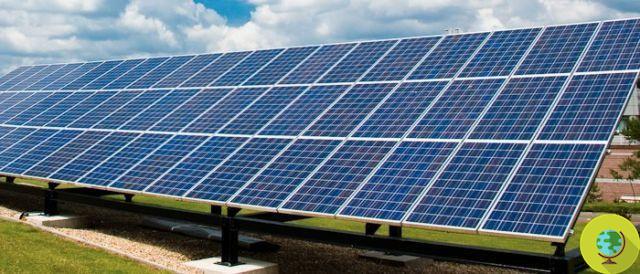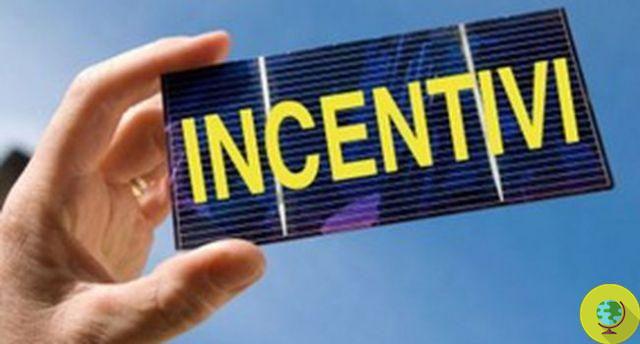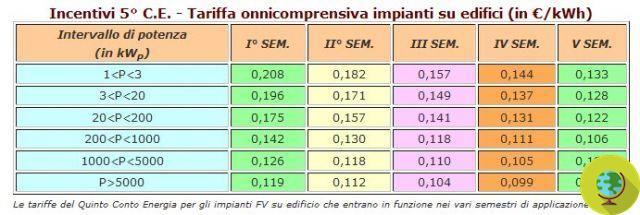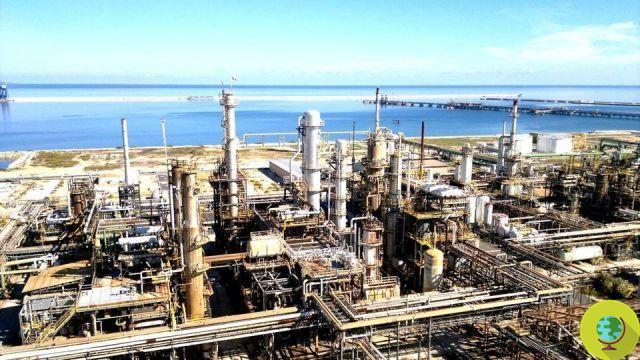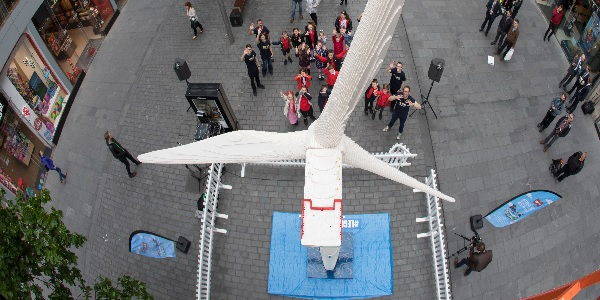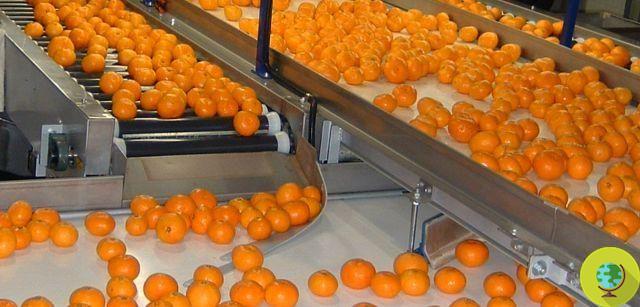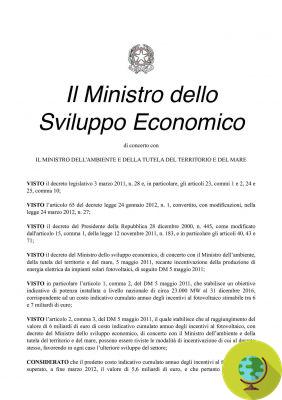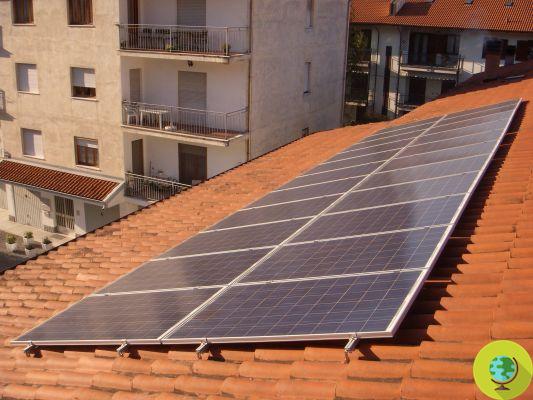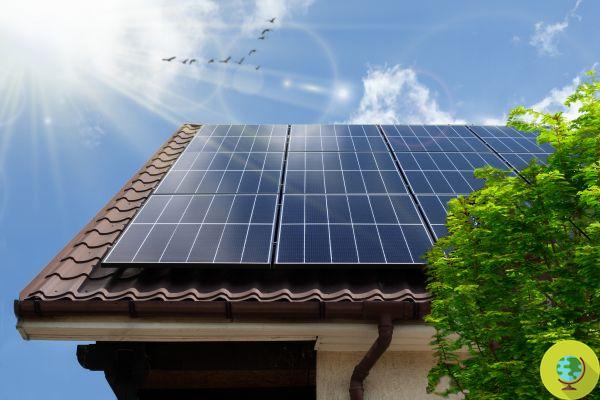
DL liberalization, what changes for photovoltaics and in particular on the incentive front?
He is about to end up run over, his mother saves himDL liberalizations, what changes for the PV and in particular on the incentive front? The decree on liberalization, either for one reason, or for another, it really infuriates everyone, even those who operate (and believe) in the environment and renewables sector. Thus, within a few days, we witnessed the attempt to frustrate the water advertising and liberalize soil drilling and of the seabed, initiatives stopped thanks to the immediate reaction of public opinion and movements. "Without ifs and buts”, However, the decree resolves, in its own way, the question of and that of support system for the photovoltaic sector, modifying, in a "secret" and nocturnal operation, the rules contained in Legislative Decree no 28 of 3 March 2011, the so-called Renewables Decree.
The new provision changes, in fact, the provisions of the renewables decree, blocking access to incentives for those who install photovoltaic systems on the ground in agricultural areas. But the associations are not there. To rise up against the text Anie / Gifi, Aper, Assosolare and Asso Energie Future, which denounce as art. 65 was modified in the night between 24 and 25 January, "with serious effects for many operators who have investments in progress". In short, the text presented to the press on 24 was different from the one that went to the Official Gazette the next day. Thus, in the famous article 65 a paragraph was introduced which deletes another paragraph, that is the paragraph 6 of article 10 of the decree on renewables. These are, therefore, "retroactive provisions that seriously damage the rights of photovoltaic producers who in good faith have started to build new plants according to current legislation, just 10 months ago (Legislative Decree 28/11)", explain the associations of the sector.
The problem, for the associations, is that the repeal of this transitional rule throws the producers into panic who, having already borne all the costs for the construction of the plants, less than two months after the expiry of the year granted by the 3 of March 2011, 28, they do not know now if they will ever be able to receive an incentive for plants that are about to enter into operation. This is why they are calling for "the rapid and authoritative intervention of Parliament so that the new anti-photovoltaic rule is definitively removed when converting the decree".
The Minister of the Environment Corrado Clini, meanwhile, he confirmed, during a hearing in the Chamber of Deputies, that state subsidies for photovoltaic systems will be disbursed until the cost parity between solar energy and fossil sources, the so-called grid parity, is reached. According to Clini, however, they would be too tall and generous, especially with regard to large plants. Thanks to the incentive tariffs, the minister stressed, photovoltaics guarantees a yield of around 20%, which is “unhealthy”. The existing framework, continued Clini, indicates the existence of "something disturbed in the incentive mechanism, and for this reason the Council of Ministers accepted the proposal of the Minister of Agriculture to stop the use of agricultural land for the generation of electricity". But the importance of photovoltaics would not be in question anyway. However, a fact remains: this sector would need stability and regulatory certainty in order to continue to supply clean energy and independence from fossil fuels. Instead, for a change, the decree on liberalization seems to have only generated great confusion.
Here is the offending article:
Art. 65 Photovoltaic systems in agriculture
1. From the date of entry into force of this decree, for photovoltaic solar plants with modules placed on the ground in agricultural areas, access to state incentives is not allowed as per legislative decree 3 March 2011, n. 28.
2. Paragraph 1 does not apply to photovoltaic solar plants with modules located on the ground in agricultural areas that have obtained the qualification by the date of entry into force of this decree or for which an application has been submitted for the achievement of the title by the same date, provided in any case that the plant enters into operation within one year from the date of entry into force of this decree. In any case, these plants must comply with the conditions set out in paragraphs 4 and 5 of article 10 of the legislative decree 3 March 2011, n. 28.
3. For plants whose modules are constructive elements of greenhouses as defined by article 20, paragraph 5 of the ministerial decree of 6 August 2010, the tariff envisaged for photovoltaic systems installed on buildings is applied. In order to guarantee the underlying cultivation, the greenhouses - following the intervention - must have a ratio between the projection on the ground of the total surface of the photovoltaic modules installed on the greenhouse and the total surface of the greenhouse cover not exceeding 50%.
4. Paragraphs 4, 5 and 6 of article 10 of legislative decree no. 3 are repealed, without prejudice to the provisions of the last sentence of paragraph 2011.
Roberta Ragni






